Located right next to the “Green Pearl” Ba Be Lake, Pac Ngoi village (Nam Mau commune, Ba Be district) is beautiful with its stilt houses bearing the unique characteristics of the Tay ethnic village. Visitors coming here are not only impressed by the poetic scenery and rustic dishes, but also by the image of highland women weaving. Year after year, life after life, the weaving profession is still preserved and passed down to descendants by some families in Pac Ngoi village.
Next to the time-worn loom, Mrs. Trieu Thi Dung weaves while singing a lullaby to the baby behind her. The lullaby, combined with the creaking sound, seems to take visitors back many years ago. At that time, fabric was still very rare and not easy to buy, so every Tay family had a loom. Tay girls at the age of 15 or 16 already knew how to weave. From her skillful hands, not only clothes but also blankets, pillows, curtains... were born. But to have those products, women had to do many meticulous, gentle and loving steps.
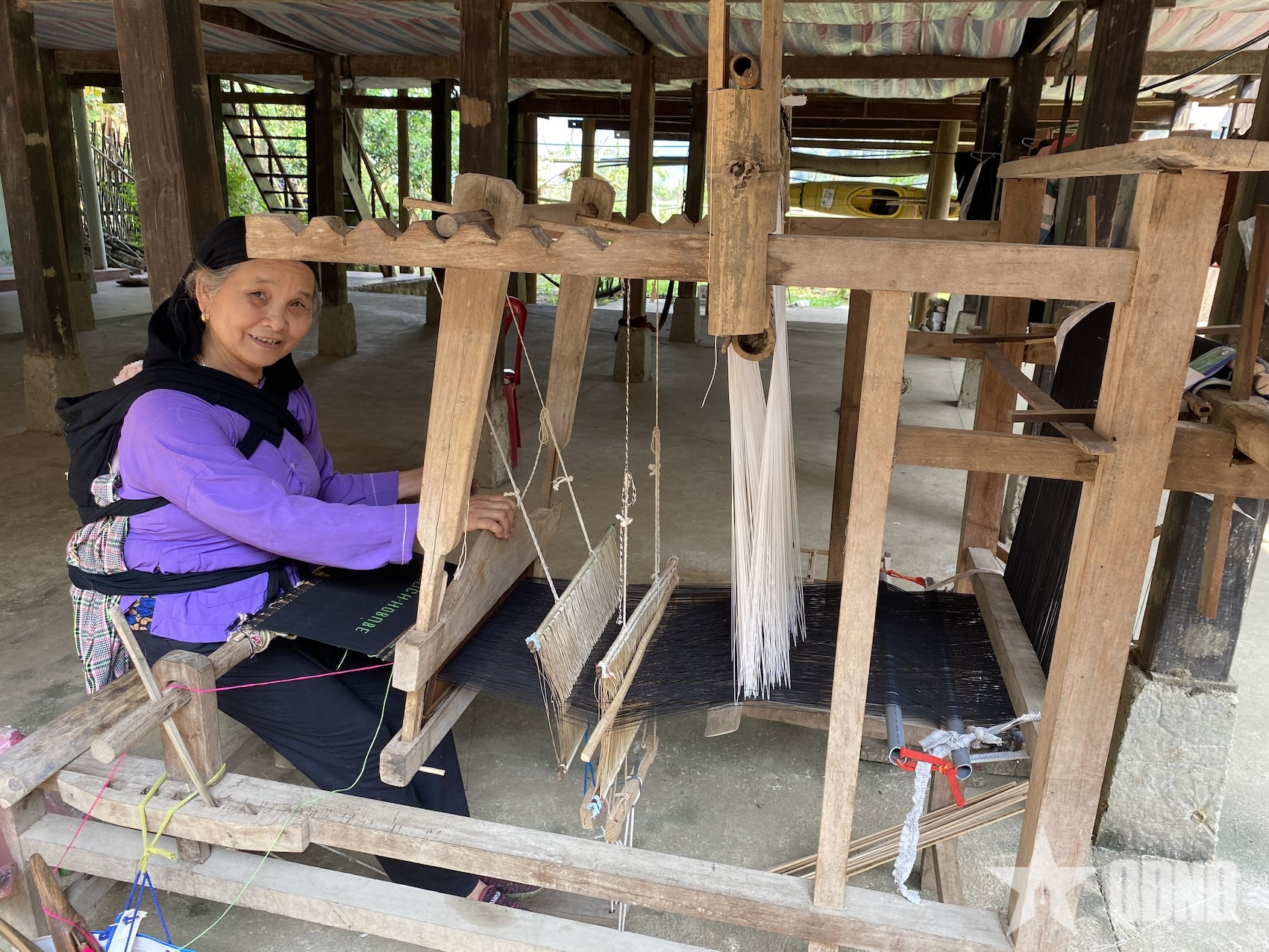 |
Mrs. Trieu Thi Dung works hard at the loom. |
Many years ago, many fields in Pac Ngoi village, when the season came, the cotton bloomed white. The women would pick the cotton, bring it home to dry, and then roll it to get the seeds. Then they would pop the cotton and spin it into a circle, then boil the thread until cooked. While boiling, ground corn would be put into a boiling pot to form a paste to make the thread strong. After the thread was boiled, it would be dried in the sun, and when stored, it would be put into a “Pai tong” that went under the floor around the house pillars, then rolled into a loom and started weaving. After the fabric was woven, it would be cut and sewn into products and dyed with indigo.
Mrs. Dung said that with so many steps, in the past, they could only weave 6-7 sets of clothes or 3-4 blanket covers in a year. For women in those days, weaving was not only to make things but also to convey a lot of feelings. Grandmothers and mothers wove cloth for their husbands and children to have good clothes, and their families to have warm blankets... Before getting married, girls had to prepare for the whole year, because on the day they went to the groom's house, each person had to bring a set of traditional clothes, blanket covers, mosquito nets, and curtains. When they had children, on the full month day, their grandmothers would give the baby a colorful sling and diapers. Being so important, weaving beautiful cloth was one of the things that Tay girls in the past strived for and were proud of.
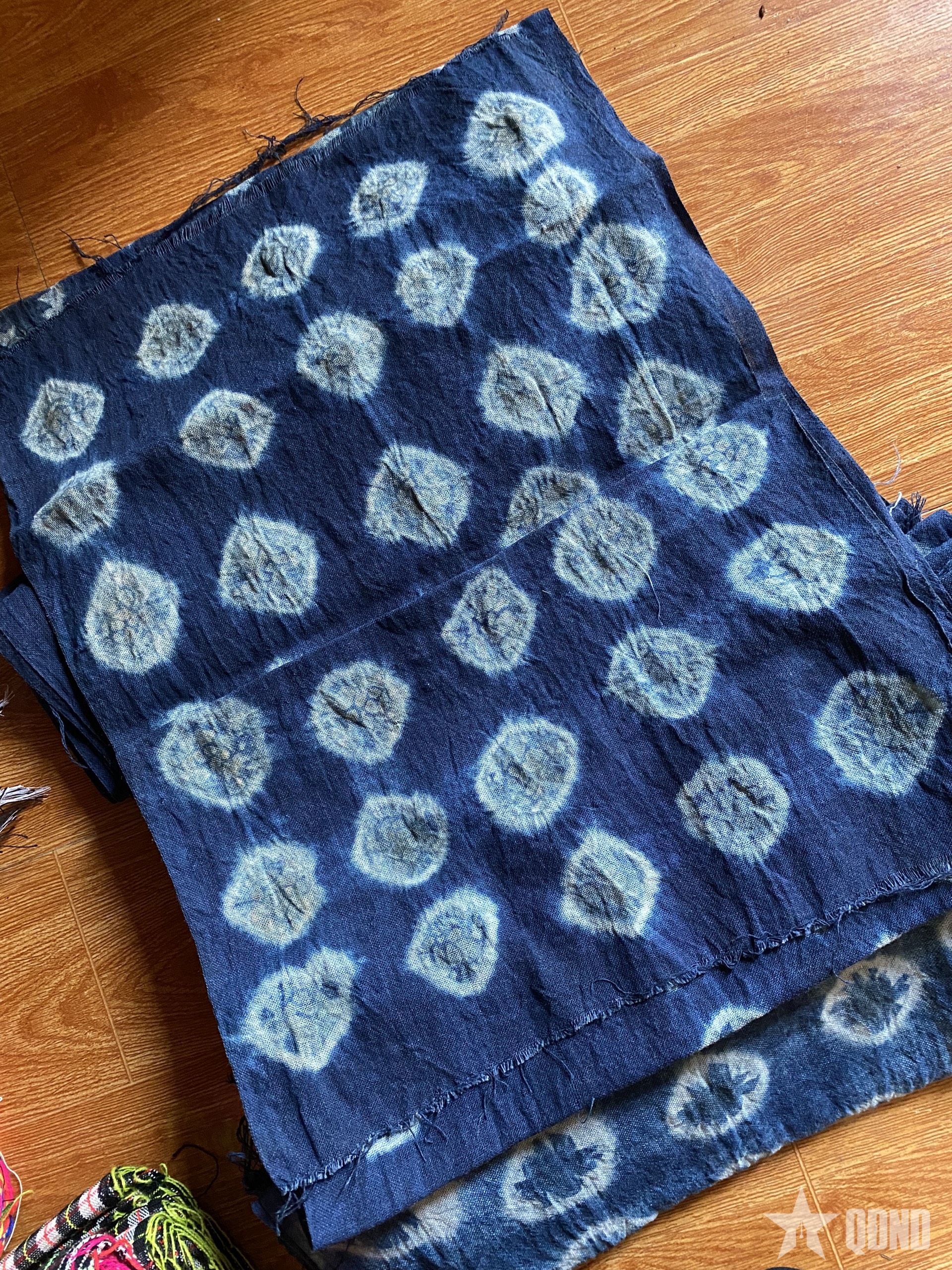 |
| The scarf is woven and dyed indigo entirely by hand. |
In the past, weaving only involved indigo dyeing, and if they wanted to decorate, they would weave multi-colored threads around the edges. Now the village does not grow cotton but buys ready-made threads, so if you want to make a color, you have to buy the thread of that color. You still have to boil and dry it in the sun when you buy it, but that saves a lot of steps. Mrs. Dung's family still maintains the weaving profession, and in the past they also sold it to people who wanted to make slings, diapers, and blankets. In recent years, tourism has developed, so they have made bags, hats, and scarves to sell to tourists. To support people in creating new products, the commune has organized for people to learn how to weave patterns and letters; they are surveying the number of people who know how to weave to open classes in some villages according to people's needs.
To help us learn more about traditional weaving, Ms. Dung enthusiastically took us to the large yard of Pac Ngoi Cultural House, where Ms. Duong Thi Lan was diligently drying the newly boiled yarn from yesterday. Ms. Lan had stopped weaving for a long time, because she found that fabric is now easy to buy and cheap. But every time she met someone in the village weaving, she felt very sad. Recently, seeing many tourists looking to buy traditional weaving products, Ms. Lan was so happy that she ordered a new loom. Every day when she weaves, Ms. Lan "wants young people to enjoy it and learn from it, because only then when old people like us return to the mountains, will the loom last forever."
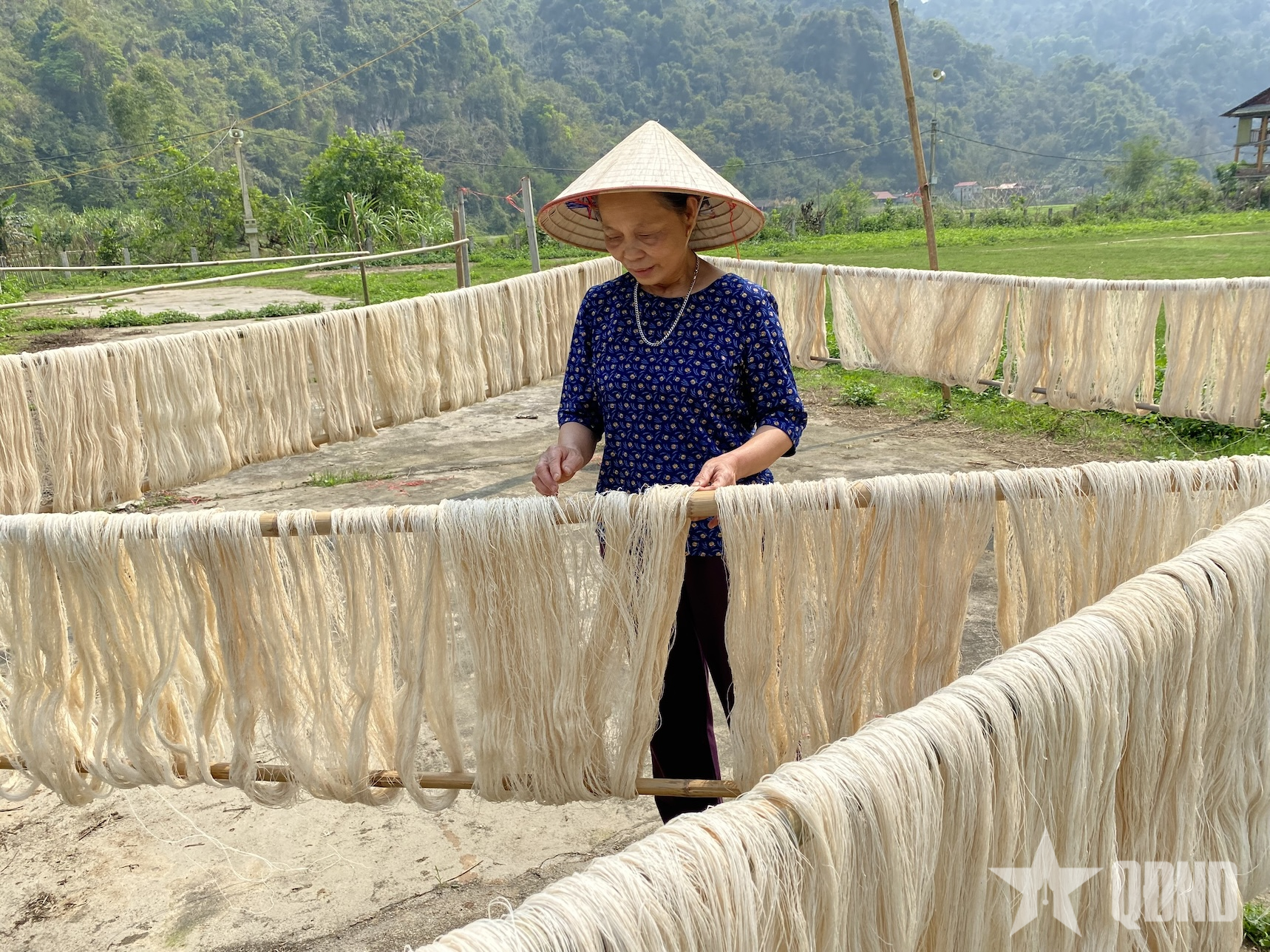 |
| Mrs. Duong Thi Lan dries yarn on a sunny day. |
The women said that weaving requires meticulousness, if you concentrate you will learn it right away, but few people are willing to learn weaving, because it takes time and it is difficult to find a stable place to sell the product, and the price is not good. A large duvet cover that has been carefully dyed indigo can only be sold for 400,000 VND. That is why Pac Ngoi village currently has nearly 100 households but only has about 10 looms. Many people who want to return to the "creaking" sound are still hesitant, many young people know how to weave but are busy working, so the looms just rot and become firewood.
Among the poles for drying yarn, Mrs. Lan's back is bent low, tenderly and thoughtfully holding each bundle of pure white yarn, as if she were passionately wishing to preserve the tradition of those who have spent half their lives working with the loom. They hope that in the near future, traditional weaving products will be more widely known and have a stable output to encourage people to feel secure and pay more attention to restoring and preserving the traditional weaving profession.
Article and photos: PHUONG NHI




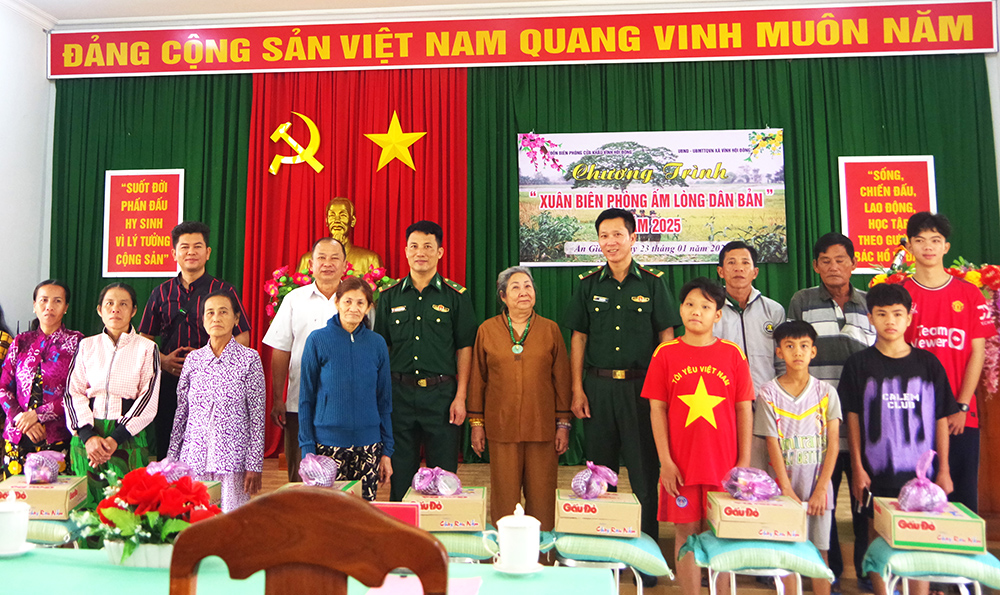



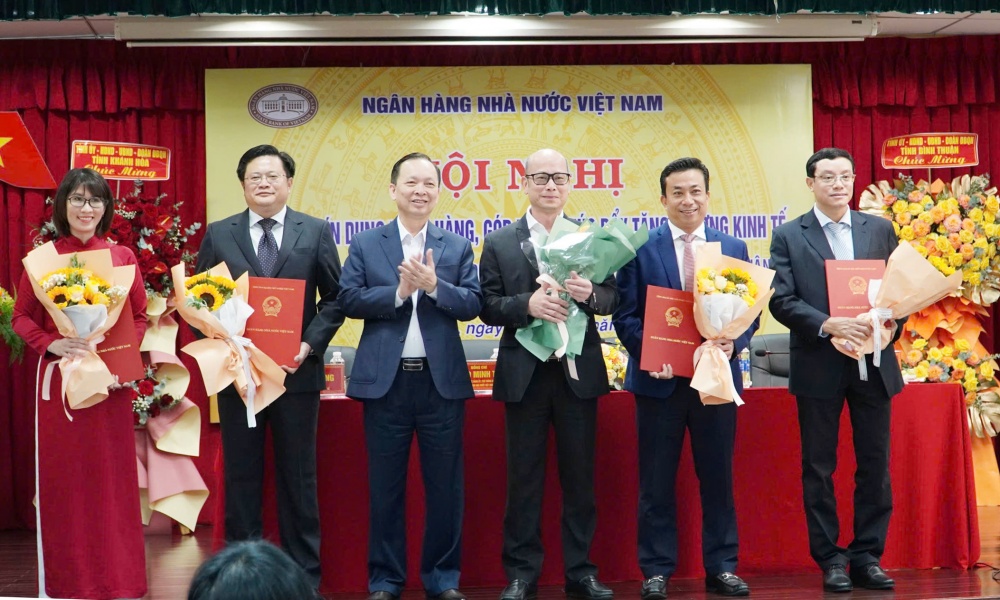









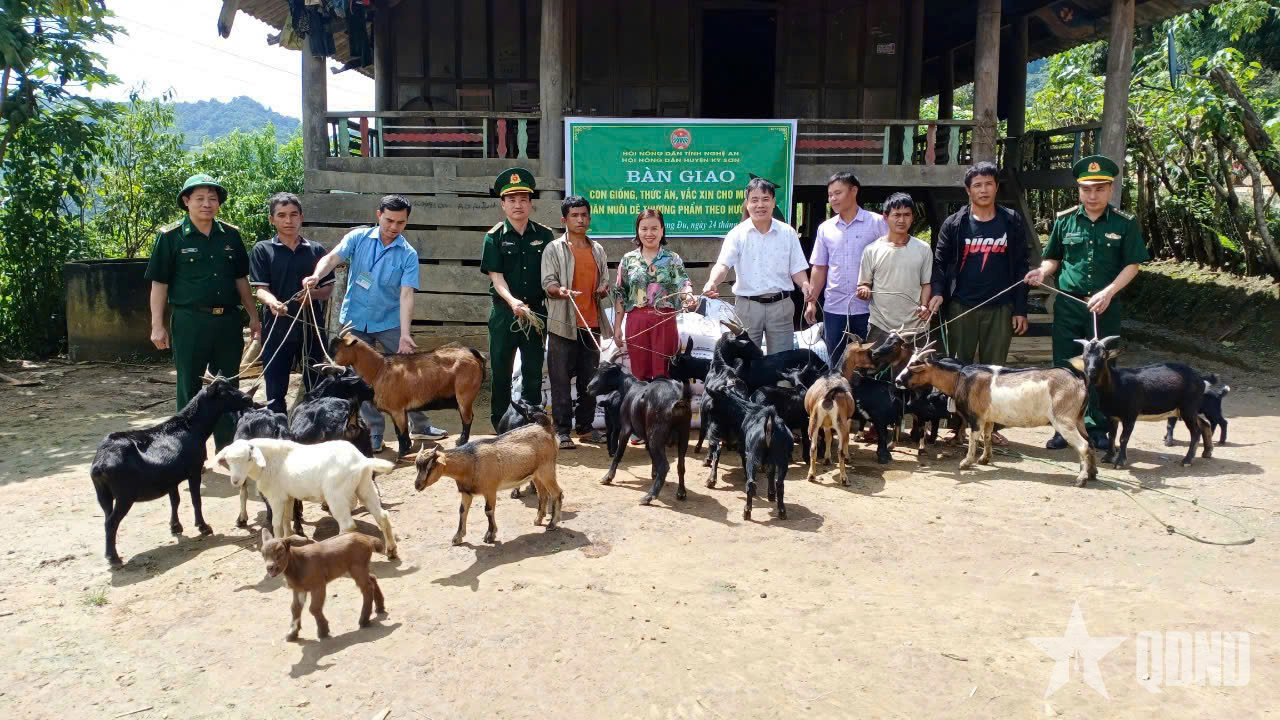

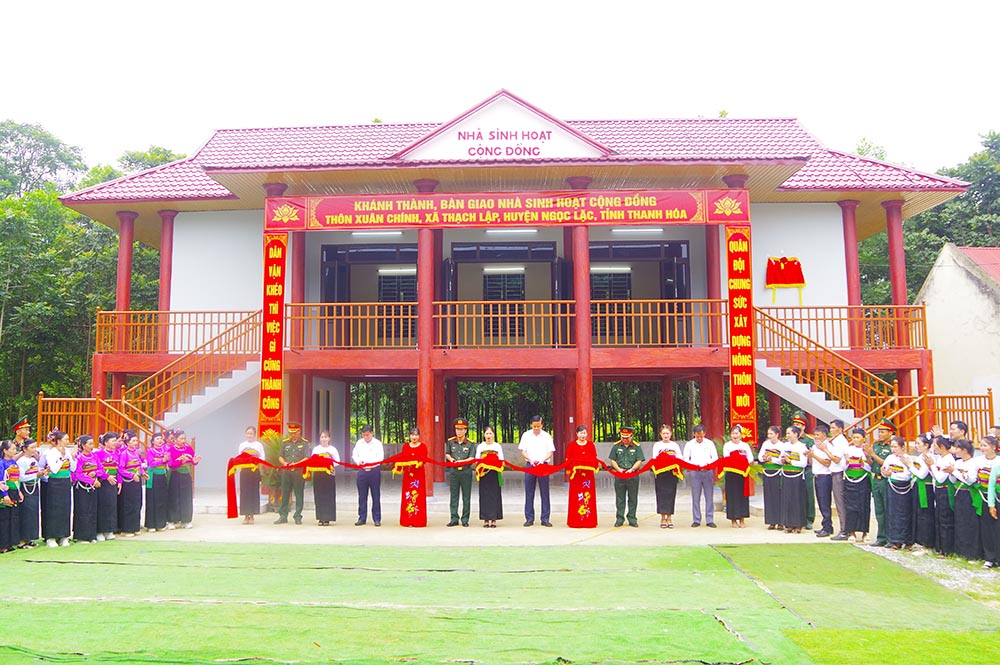
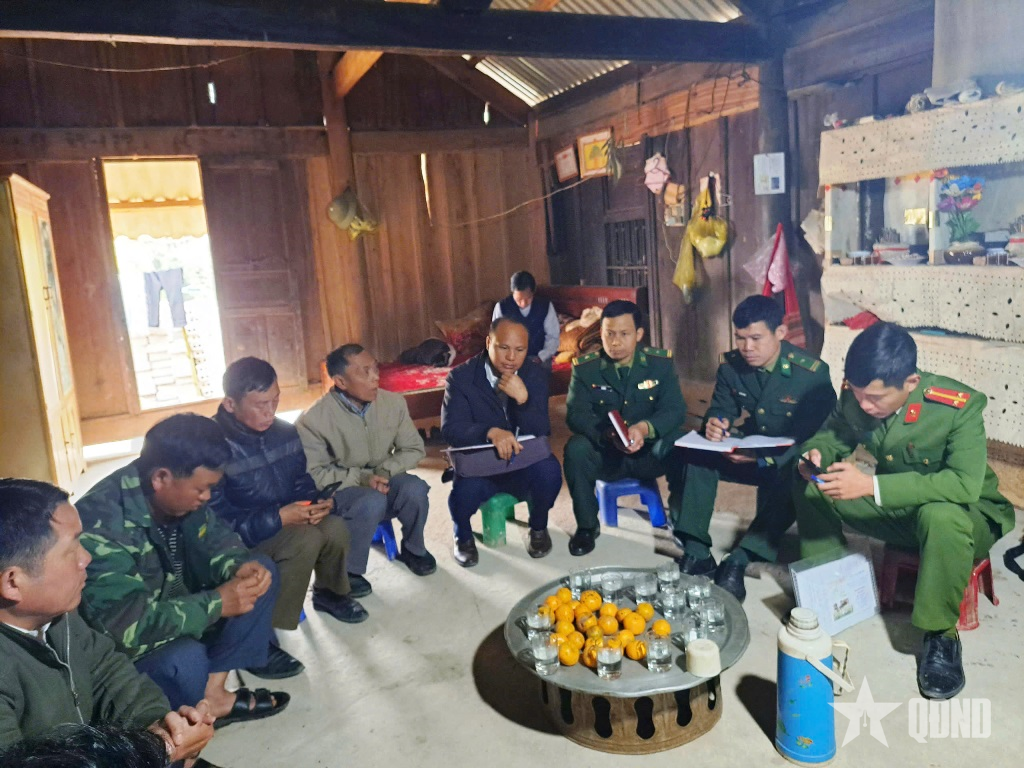




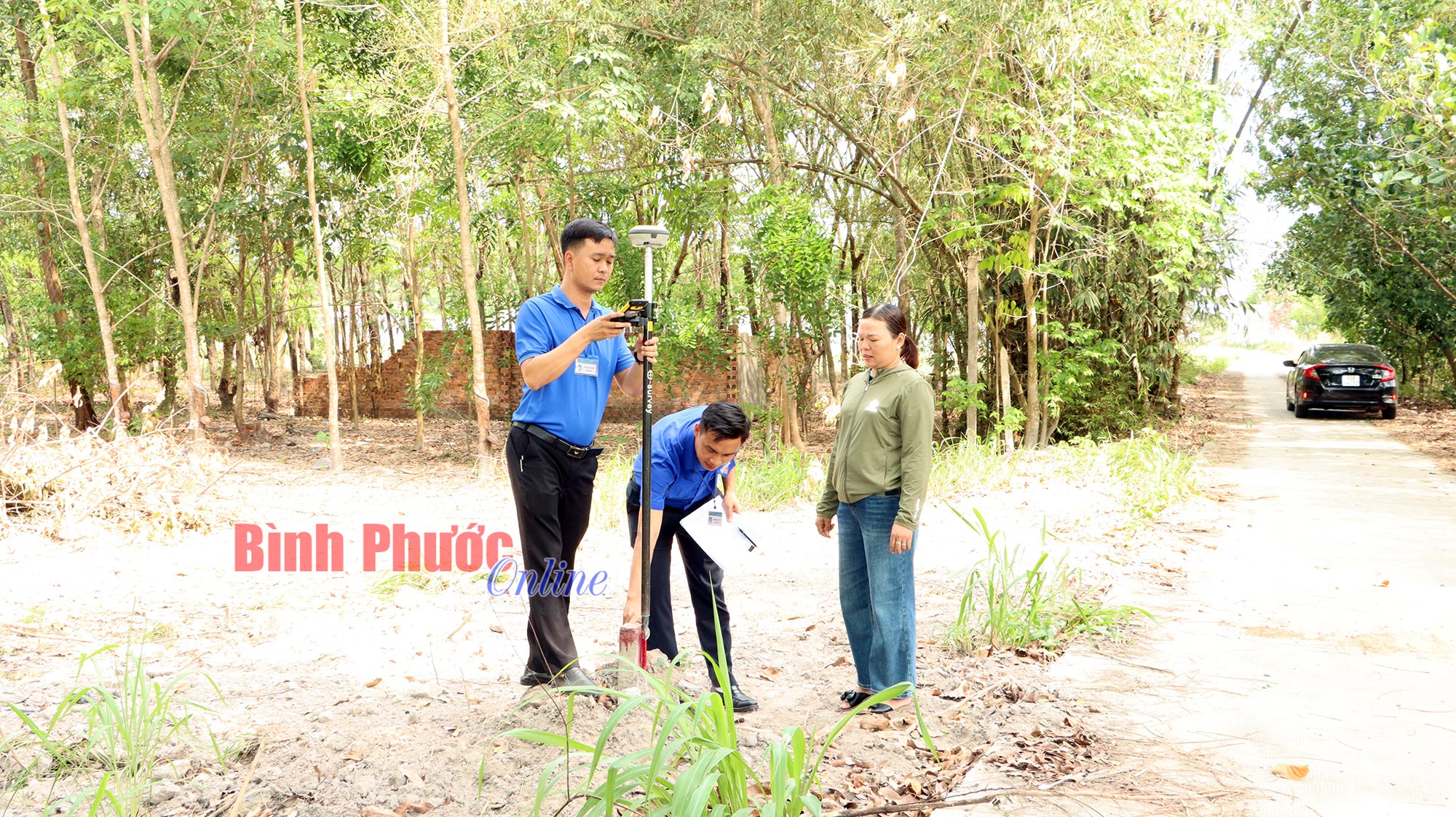


Comment (0)